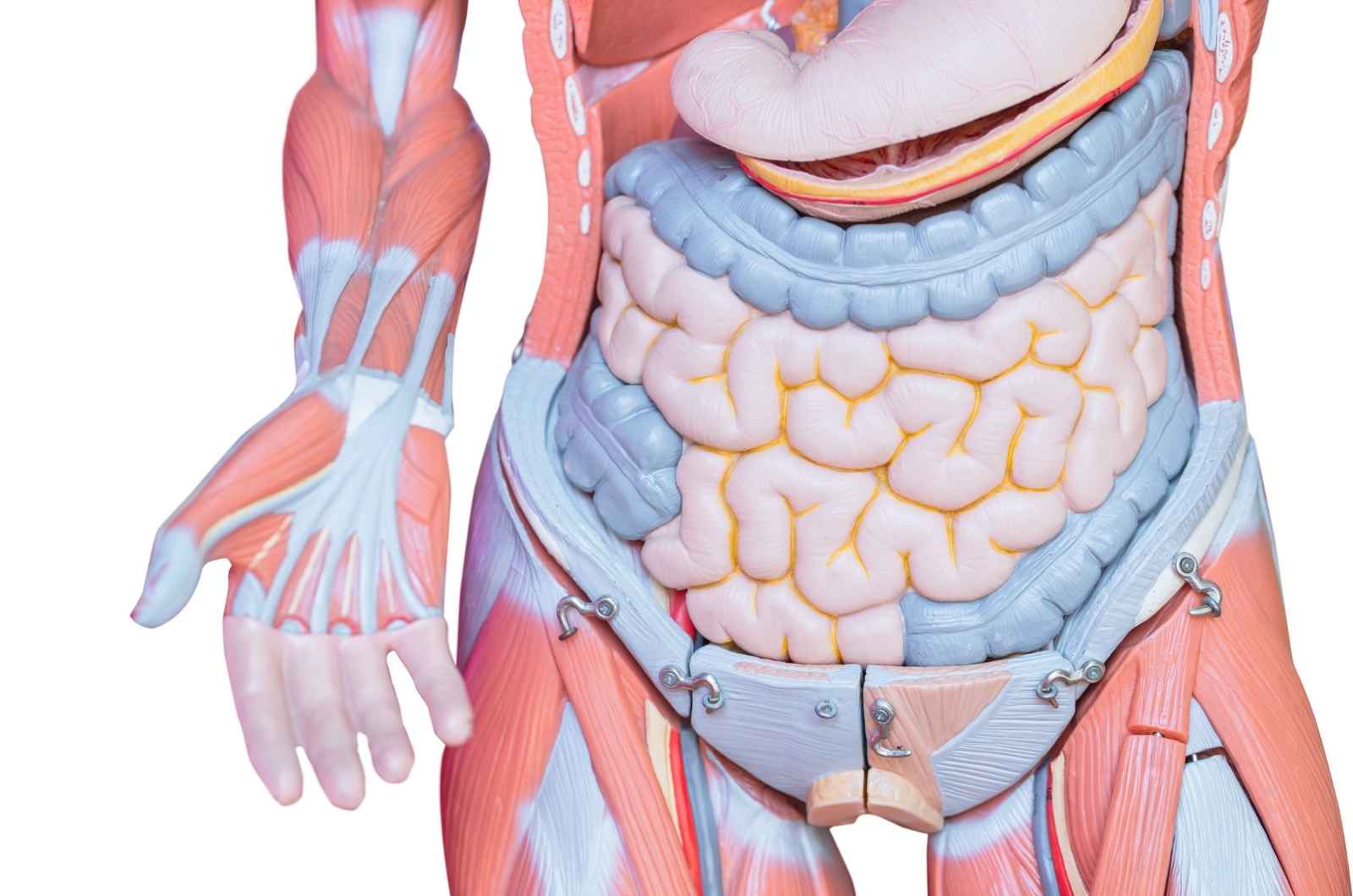
Why Is Practical Anatomy Essential for Aspiring Surgeons?
- by Jenifer Wolff
- Posted on מרץ 7, 2024
Embarking on a career in surgery is no small feat. It requires not just an in-depth theoretical knowledge of the human body but also a hands-on understanding of its intricate structures. This is where practical anatomy comes into play, forming the bedrock of medical education for future surgeons. It's not just about memorizing names and functions; practical anatomy invites you into the real, tangible world of human biology. It's about seeing, touching, and dissecting, providing a deep comprehension of the body's complexities essential for any aspiring surgeon. This article delves into why this practical aspect of anatomy is indispensable in shaping skilled, confident, and efficient surgeons.
?What is Practical Anatomy
Practical anatomy, in essence, is the hands-on study of the human body's structure. It transcends traditional textbook learning, allowing you to engage directly with real anatomical specimens. This could mean participating in dissections or using advanced simulation technologies. The goal? To acquire a three-dimensional understanding of how the body's systems interconnect and operate.
Imagine holding a heart in your hands, tracing the path of arteries and veins, or exploring the intricacies of the human brain. This immersive experience is what practical anatomy offers. It's not just about observing; it's about doing. This active involvement is crucial because it bridges the gap between theoretical knowledge and real-world application. By physically manipulating and examining the body's components, you gain insights that are impossible to achieve through books or lectures alone.
Practical anatomy lays the foundation for developing surgical skills, enhancing your ability to visualize anatomical structures during procedures. It's this hands-on exposure that builds the confidence and precision required in the operating room, making practical anatomy an indispensable part of your journey to becoming a surgeon.
Why is Hands-On Experience in Anatomy Important for Surgeons?
Hands-on experience in anatomy is not just beneficial for surgeons; it's indispensable. Imagine trying to learn to swim without ever getting into the water. Similarly, understanding the human body's complexities can't be fully grasped through textbooks or lectures alone. Surgeons need to know more than just where organs are located; they need to understand their texture, how they feel, and how they move and connect with other structures.
This tactile knowledge is crucial when you're in the operating room. Each patient is unique, and while textbooks provide a standard, the reality can be quite different. Hands-on experience helps you adapt to these variances, enhancing your dexterity and decision-making skills. It teaches you the art of surgery—how to maneuver your hands and instruments with precision, how to identify and navigate around vital structures, and how to respond to unexpected findings.
Moreover, this experience fosters a deeper respect for human anatomy and patient safety. It's one thing to read about the importance of avoiding certain nerves or vessels; it's another to see and touch them, understanding firsthand the consequences of each surgical action. Thus, hands-on anatomy experience is foundational for any surgeon, ensuring they are not just knowledgeable, but also skillful and empathetic practitioners.
How Does Practical Anatomy Improve Surgical Precision?
Practical anatomy significantly enhances surgical precision, a critical aspect of successful outcomes. By engaging in dissections and real-world manipulations of the human body, you develop a nuanced understanding of anatomical variability. This understanding is key in surgery, where millimeters can determine the difference between success and complication. Knowing the typical location of a nerve or vessel is one thing; recognizing its variations in real patients sharpens your ability to operate with precision.
This hands-on experience also improves your spatial awareness. In surgery, visualizing what lies beneath the surface is crucial. Practical anatomy training allows you to mentally map out the operative field before making an incision, anticipating what you will encounter. This ability minimizes surgical time and reduces the risk of unintended damage to surrounding tissues.
Furthermore, practical anatomy teaches you the tactile qualities of different tissues, enhancing your sensory feedback during surgery. You learn to distinguish between the feel of healthy versus pathological tissue, guiding your surgical decisions and technique. This tactile knowledge, combined with visual and spatial awareness, ensures that you can perform procedures with a higher degree of precision, ultimately leading to better patient outcomes.
In conclusion, the journey to becoming a skilled surgeon is deeply rooted in practical anatomy. This hands-on experience is not just an educational requirement; it's a cornerstone of surgical excellence. By engaging with the physical aspects of the human body, you gain invaluable insights into its complexities, enhancing your ability to operate with precision and confidence. Practical anatomy prepares you for the realities of the operating room, where theoretical knowledge meets tangible challenges. Embracing this aspect of your medical education ensures that you are not only knowledgeable but also adept at navigating the intricacies of human anatomy for the betterment of patient care.
click here for more info: practical anatomy and surgical education
Embarking on a career in surgery is no small feat. It requires not just an in-depth theoretical knowledge of the human body but also a hands-on understanding of its intricate structures. This is where practical anatomy comes into play, forming the bedrock of medical education for future surgeons. It's not just about memorizing names and…